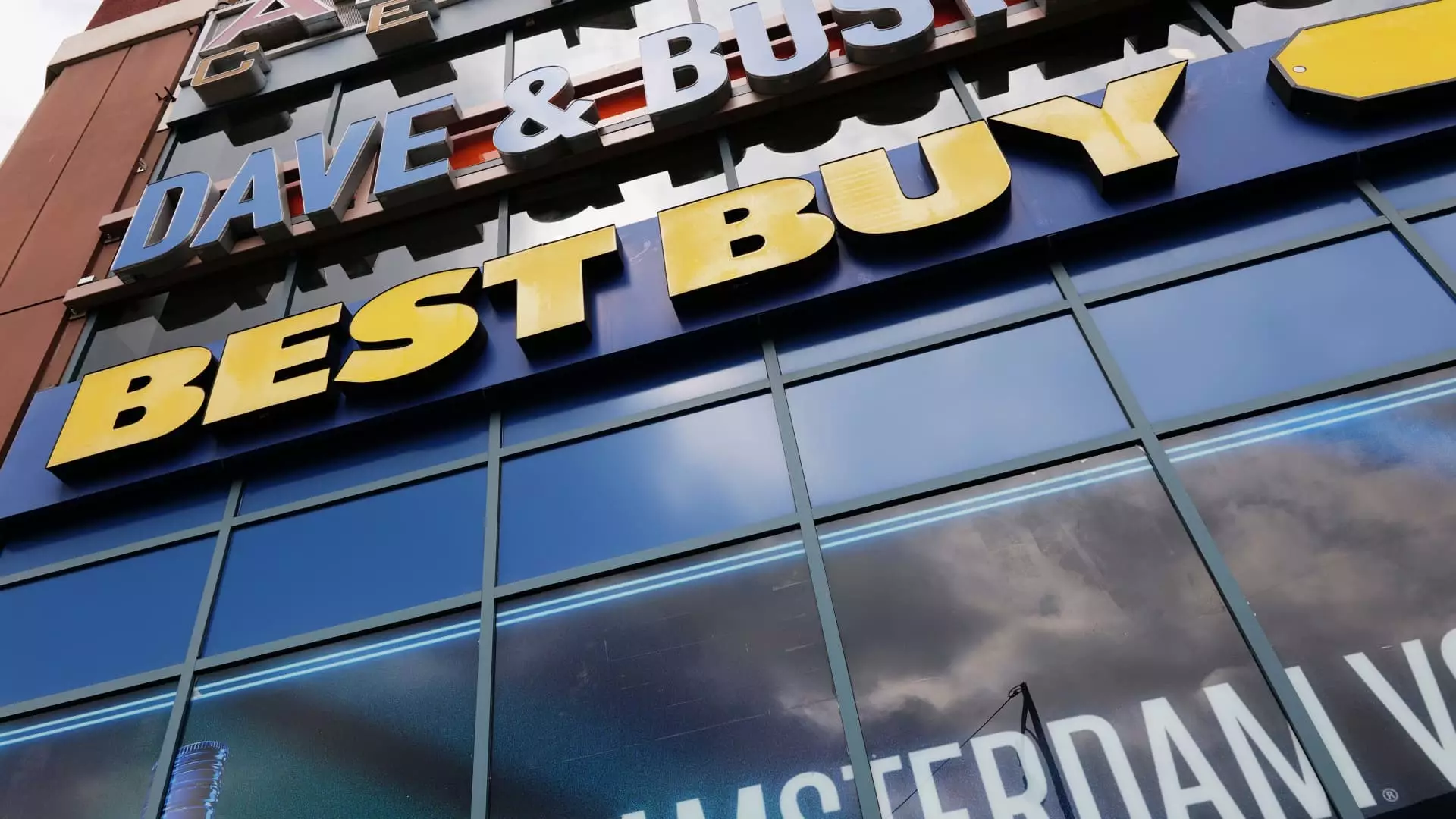Despite higher profits and lower costs, Best Buy missed Wall Street’s quarterly sales expectations. The retailer saw a drop in revenue from the previous year, with sales ranging from flat to a 3% decline. The company blamed softer demand for consumer electronics as a contributing factor to these lackluster results.
Best Buy has been struggling with sluggish sales as it navigates the aftermath of unusually high demand during the pandemic. The retailer has been waiting for the replacement cycle of laptops, kitchen appliances, and other tech gadgets to normalize. Additionally, customers have been holding back on pricier purchases, seeking value amidst higher costs due to inflation.
To boost sales and excitement, Best Buy plans to introduce new tech gadgets like Apple iPads and Microsoft laptops with innovative features. The company also aims to run a series of sales events focused on back-to-school shoppers. However, it faced higher promotional activity than anticipated, particularly in categories like major appliances.
While comparable sales saw a decline, Best Buy witnessed growth in its services and laptop categories. The company has been investing in its online platform and subscription-based membership program. Online sales accounted for nearly one-third of total U.S. revenue, signaling a shift towards digital channels.
In an effort to reduce costs, Best Buy has implemented layoffs and slashed spending across the business. The company invested in areas like artificial intelligence while restructuring its workforce. The retailer closed several stores and updated the look of its remaining locations, focusing on cost-effective “refreshes” rather than full remodels.
Although Best Buy’s stock is down year-to-date, the company remains optimistic about the future. It expects industry stabilization in the coming year and anticipates sales trends to improve gradually. The retailer is adjusting its capital expenditures forecast and exploring partnerships with vendors to enhance customer experience in-store.
Overall, Best Buy faces ongoing challenges in a competitive retail landscape marked by shifting consumer preferences and external economic factors. While the company has reported higher profits and remained resilient in the face of adversity, it must continue to adapt to new market conditions and innovate to stay ahead of the curve in the ever-evolving consumer electronics industry.

